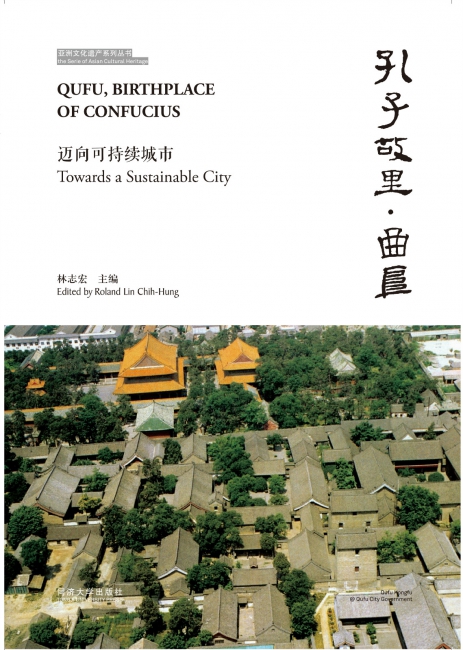| Publication | Qufu, Birthplace of Confucius |
| PublishDate:2018-08-10 Hits:2551 |
On August 10 2018, Tongji University Press published the book (three-language book: Chinese, English and French) Qufu, Birthplace of Confucius: Towards a Sustainable City, funded by WHITRAP. In this book, our Chinese and European colleagues explore the issues and challenges concerning the implementation of a sustainable and balanced urban policy in the conservation of historic city context in Asia. They also specifically examine the case of Qufu and put forward some suggestions. In recent years, a number of European scholars have visited China and conducted fieldwork across the country. To draw lessons from the urbanization and regional planning process in Qufu, they have met and exchanged opinions with Chinese experts and experienced architects, amongst whom Professor Wu Liangyong from Tsinghua University and his colleague Professor Liu Jian generously offered many useful suggestions. During their various missions in Beijing, European experts always talked to Chinese academics and took the opportunity to discuss and exchange their views with Chinese scholars of Confucianism (in particular Professor Tang Yije and Professor Yue Daiyun from Peking University and their colleague Li Zhonghua). The operational team for the preservation of the historic city at Tongji University (Shanghai) and young professors from the Architecture Department of Shandong University (Jinan) provided us with tremendous amounts of theoretical and technical support with regards to the urban and architectural conservation of both Qufu specifically and China in general. (from the Introduction of the book) |
- News | WHITRAP Shanghai and CNR-ISPC bilateral meeting
- News | WHITRAP meets Cité de l’Architecture et du Patrimoine
- WHITRAP Hosting "Workshop on Preliminary Assessment for National Focal Points of the Asia Region" in Chengdu
- WHITRAP Shanghai meets UNESCO
- INTERNATIONAL CONFERENCE PRELIMINARY ANNOUNCEMENT & CALL FOR PAPERS
- Observation of the 46th Session of the World Heritage Committee
Copyright © 2009-2012 World Heritage Institute of Training and Research-Asia and Pacific (shanghai)



